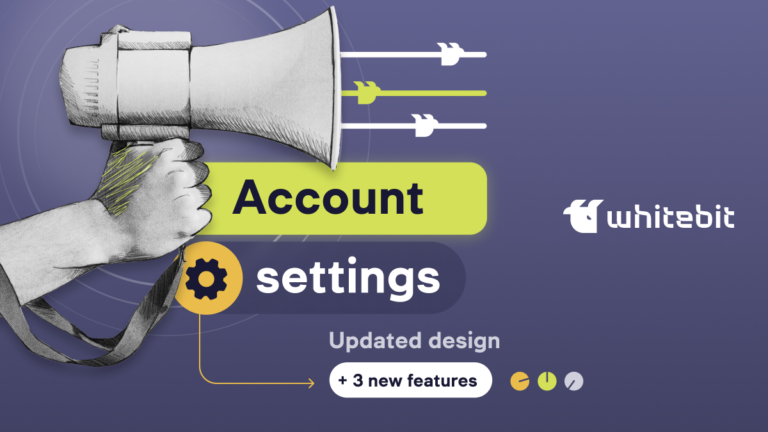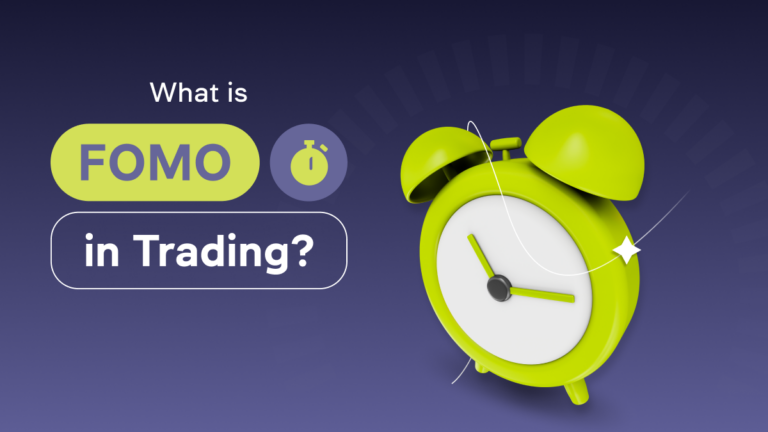Strategic planning! What is a trading plan?

Content
If you’re considering conquering the crypto industry’s Olympus, don’t forget the road map! Or, more precisely, a trading plan. A well-crafted trading plan can help traders navigate the volatile and often unpredictable world of crypto markets and can be the key to success when maximizing profits and minimizing losses.
A trading plan in crypto is a set of guidelines or rules that a trader follows to make decisions about buying and selling cryptocurrency. It typically includes criteria for identifying potential trades, risk management strategies, and goals for the portfolio’s overall performance. The purpose of a trading plan is to provide a structured approach to decision-making and to help the trader stay focused on their objectives. A good trading plan should be regularly reviewed and updated as market conditions change.
A trading plan should consist of several key points, including:
- A clear understanding of your risk tolerance and investment goals;
- A method for analyzing the market and identifying trading opportunities;
- A set of rules for entering and exiting trades;
- A plan for managing and adjusting your positions as market conditions change.
Risk tolerance refers to the level of uncertainty an individual is willing to accept to achieve a potential return on investment. It varies from person to person and can be influenced by factors such as age, income, and overall investment portfolio. Risk tolerance is essential in crypto trading, as the market is highly volatile, and the value of cryptocurrencies can fluctuate significantly quickly.
Investment goals refer to a specific financial goal you want to achieve. Someone focuses on earnings from short-term price changes; others invest in the project for “ideological” reasons and belief in its success, etc. HODL, no matter what, remember?
One day in the life of a crypto trader. What does it look like?
To be successful, you need to have a goal. To outline the purpose, you need to understand what steps to take. You and only you know how to deal with your crypto, so your trading plan will also be individual. However, let’s consider an approximate plan of action.
For example, the day may begin with a review of market conditions and any relevant news or events that may affect the trades. It includes an overview of prices and trading volume, as well as an analysis of market trends.
Be sure to review all current trades and assess and find out whether they correspond to your trading plan and goals.
In addition, traders should consult their risk management strategy and ensure that they have sufficient capital to support trades. It involves adjusting positions or placing orders that may protect against potential losses.
In addition, a trader should constantly keep their finger on the pulse and learn: notes with ideas and topics for reference are a good example.
It is important to note that this is a general overview, and the specifics of the trading plan may vary depending on the objectives.
What magic spells can be used to decipher market trends and unveil trading opportunities?
There are several ways to analyze the market and identify trading opportunities:
- Technical analysis (TA). Technical chart analysis examines historical price data to identify patterns and trends that may indicate future changes. Technical analysts use tools such as candlestick charts and extraordinary TA figures to identify potential trading opportunities.
- Fundamental analysis (FA). This method involves evaluating the underlying factors that may affect the asset’s value. For example, the technology behind each cryptocurrency, the development team’s strength, the community’s size, etc. Fundamental analysis helps to analyze the project’s background and determine its growth potential.
- Industry analytics. The naming speaks for itself. This method tracks news and events that can impact the asset’s value. It includes announcements about new partnerships, developments, regulatory changes, and significant market events.
- Market sentiment analysis. To make some predictions and conclusions, traders analyze social networks, news, and other online sources to gauge the general sentiment about a particular cryptocurrency.
No method is 100% reliable, so it is better to combine them to get a complete picture of the market. In addition, it is vital to have a thorough understanding of the underlying technology and ecosystem of the asset, as this is how you can better understand its potential.
What about the time frames?
A trading plan can have different time frames, depending on the trader’s goals and willingness to take risks. Here are some examples of timeframes that can be used in a trading plan:
- Short-term trading or scalping involves transactions for several hours or days. Proponents of this technique typically use technical analysis to identify short-term price movements and may focus on trading in lower time frames such as 1, 5, or 15 minutes.
- Medium-term trading involves holding positions from numerous days to countless weeks. This type of trading may include a combination of technical and fundamental analysis. Traders look at various indicators and chart patterns to determine price movements over long periods.
- Long-term trading involves holding positions for several weeks to several months or more. Long-term traders usually focus on the fundamentals of a blockchain project. They may be interested in technology, team, level of implementation, partnership, etc.
- HODL (Hold On for Dear Life) is a popular investment approach that involves holding assets for an extended period instead of actively trading them. The strategy is often used by those who believe in the long-term potential of a particular cryptocurrency. Some investors use HODL to avoid the emotional and psychological stress of trying to “catch” the perfect time for buying or selling assets.
Yet, it’s important to note that these are just examples, and a trader’s plan may include a combination of different time frames depending on their specific goals and risk tolerance.
Furthermore, each time frame has its characteristics, and what works well in one timeframe may not work in another.
Why do you need a trading plan?
A trading plan is essential for several reasons:
- Discipline. Rules and guidelines can help make decisions based on a plan rather than emotions.
- Risk management. The plan should include risk management strategies, such as placing stop-loss orders and adjusting position sizes. It helps minimize potential losses and protect capital.
- Purposefulness. A trading plan should contain specific goals and objectives. That’s how you stay focused on your long-term goals.
- Flexibility. Planning should be flexible and adaptable to changing market conditions. It should be regularly reviewed and updated to reflect new market information.
- Sequence. Rules help to stay consistent in your approach and perceive market fluctuations more fundamentally.
- Review. Having a plan also allows you to review and analyze your past deals. And this helps to identify patterns, evaluate the effectiveness, and, if necessary, make adjustments to your approach.
So, a trading plan is like a magical road map for your trading journey. It will guide you through the stormy waters of the market and protect you from emotional trading. Just like Harry Potter had his Marauders map, you, too, should have a plan to navigate the twists and turns of the crypto world. So, remember that you need to put a pen to parchment and map out your trading journey before venturing. Good luck!








